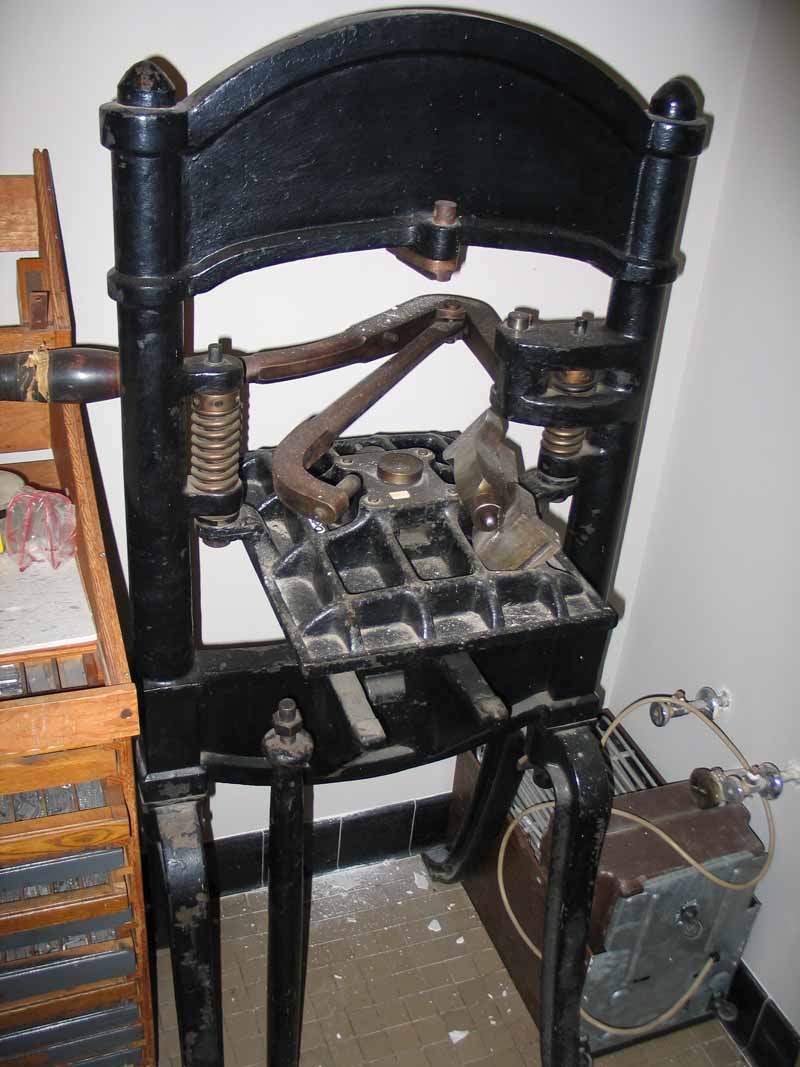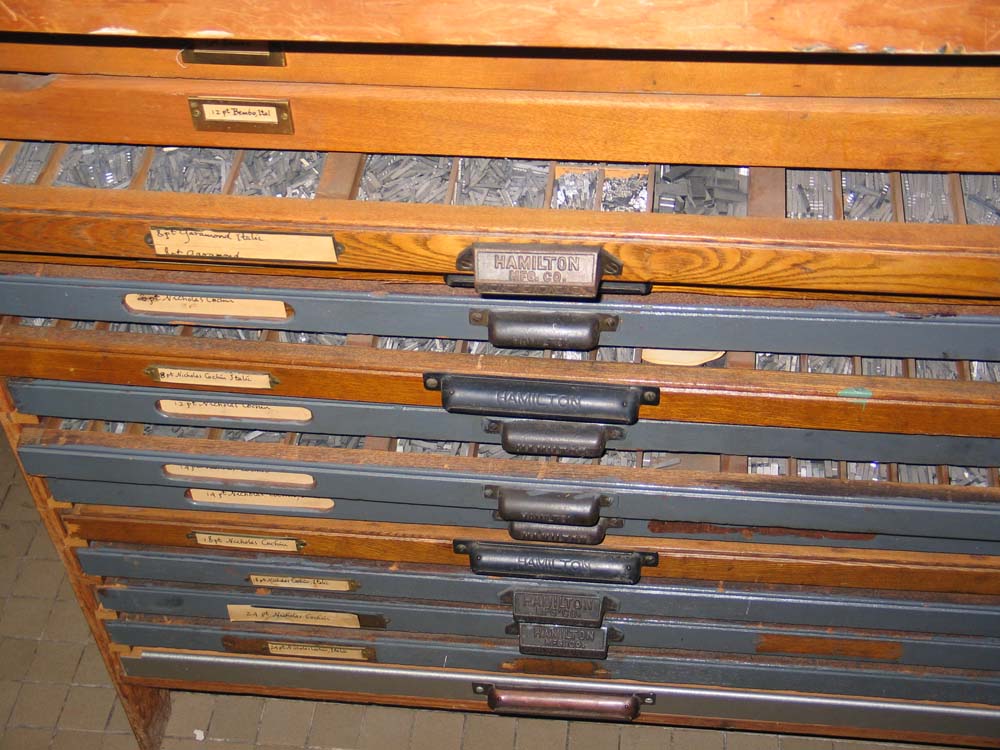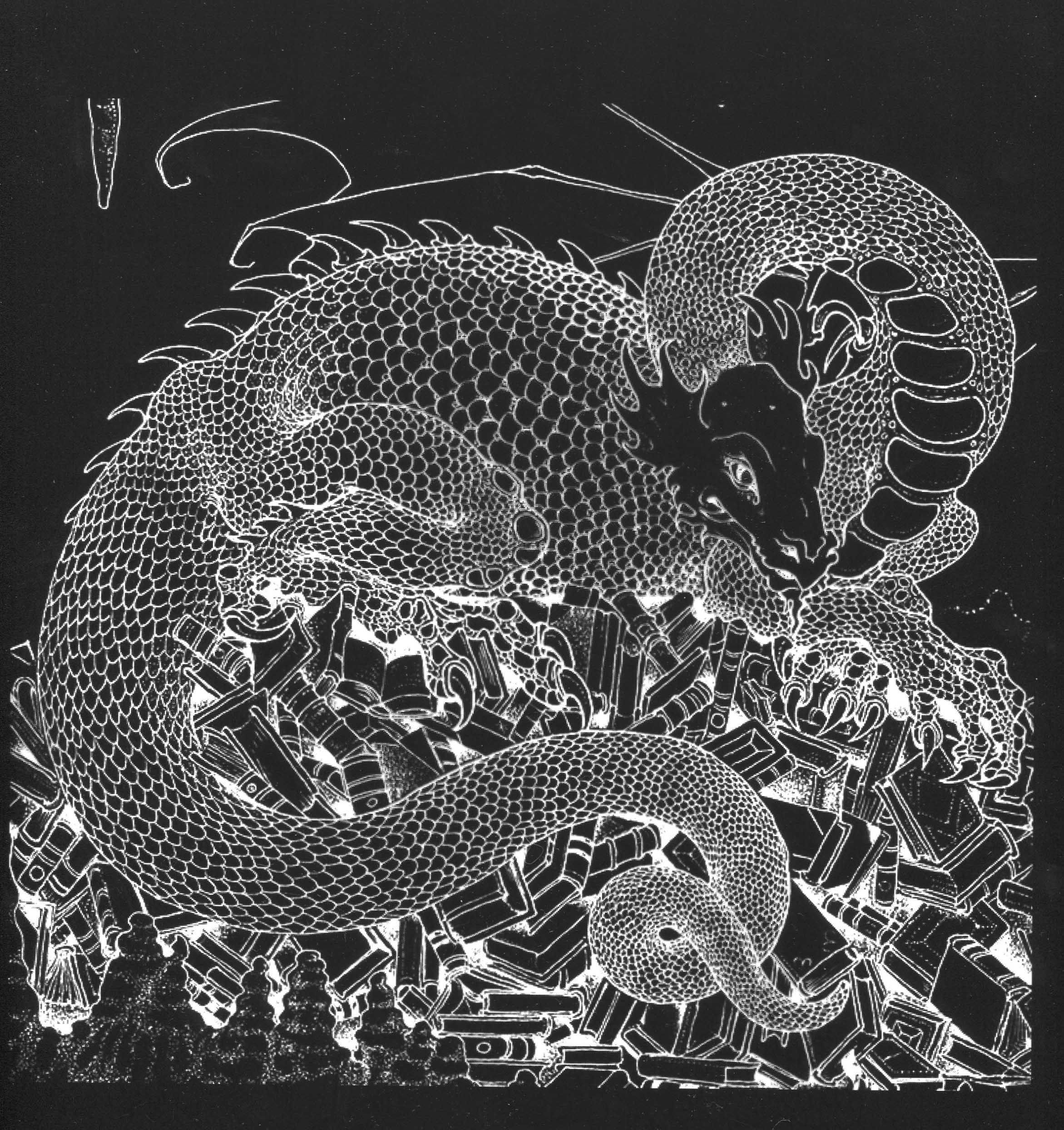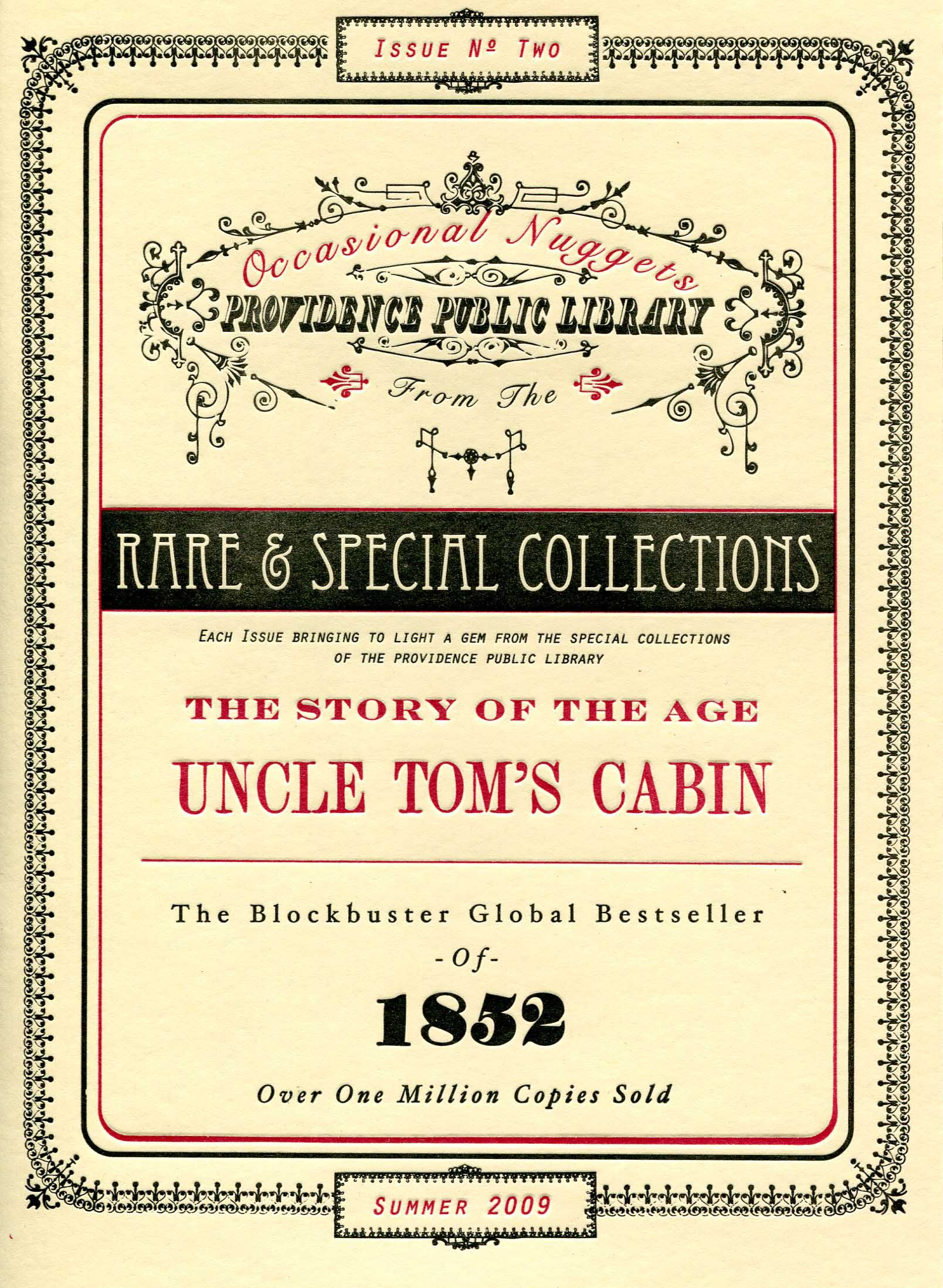 In the bowels of the Watkinson I discovered a printing press.
In the bowels of the Watkinson I discovered a printing press.
It is tucked into the corner of a former ladies’ bathroom (plumbing removed, pipes stoppered), behind a heavy cabinet full of type, and an old card catalog with glass slides depicting ruins and documents related to ancient Greece (cast-offs from the Classics department).
It is a Washington hand press, made by the Hoe company (aside from being an industrialist, Robert Hoe was also a very famous book collector). Samuel Rust first patented the design in 1821 (with an acorn frame), and re-designed it (the way ours looks) in 1829. The Hoe Company bought the patent in 1835. This model was one of the standard pieces of equipment for job-printing from the 1840s-1880s, and many of them, once they were “retired,” made their way into private press shops in the early 20thC. This one was employed by the Cellar Press (Bloomfield, CT) from the 1930s to the 1960s.
I say “discovered,” but of course the staff knew it was here. It has been here since the late 1960s, when Mr. Peter Knapp (currently the College Archivist, but back then a reference librarian) had it removed from the Art department, and tried, in his pithy and self-deprecating words, to “mess around with it.” It was donated, as many such presses were (and are), in the hopes that it could still be useful, and not scrapped. I find it heartening that this is happening–that the old technologies are not being cast out of hand (so to speak–if you know the language of printing, this will resonate as a pun).
 Immediately upon discovering the press and the dozen or so trays of type (mostly Garamond, 10 to 24 pt), I began scheming. That’s what I do. I try to exploit every potential asset that comes into my hand. So here, I thought, is an opportunity.
Immediately upon discovering the press and the dozen or so trays of type (mostly Garamond, 10 to 24 pt), I began scheming. That’s what I do. I try to exploit every potential asset that comes into my hand. So here, I thought, is an opportunity.
Most special collections programs use their historic presses to focus on printing as it relates to the “book arts” or “book history.” That will certainly happen at Trinity, but more than that, I want to focus on using the press as a centerpiece for discussing writing and publishing (its history and future). This seems to me a more forward-looking approach, and I hope it will engage a broader range of students (not just the artists and book-nerds, but all writers and readers on campus). I’m just settling down with Richard Gabriel-Rummonds’ Printing on the Iron Handpress (1997), the definitive work on the subject, and fortuitous to me for the following reason:
“This manual is intended primarily for users of Washington-style handpresses, although many of the procedures will also be applicable to most other makes of iron handpresses, and some of the procedures will even be helpful for printers using manually operated cylinder presses, such as Vandercook proof presses. I have singled out the Washington-style press because it is the most frequently found hand press in the United States” (Preface).
Up to now, I have only studied printing in the abstract–its history, and the basic outlines of its practices during the handpress period (1450-1850). I intend to use this blog to document every stage of my transformation from an ignorant neophyte to a (hopefully) skilled amateur printer. Stay tuned!
Tags: Washington Press
 We have two proof planers (or “planing blocks,” one large and one small), and one wooden mallet. These are used in planing type–that is, leveling the type in the form (i.e., the term for set page(s) locked in and ready for printing) to make sure that it is standing on its feet. If one letter is the least bit higher than the others on the bed, it will foul the impression. It is fascinating to me how much precision is required in every aspect of printing. Think of this the next time you blithely press the print icon on your computer–in less than a second, you can accomplish what it took past generations years to produce.
We have two proof planers (or “planing blocks,” one large and one small), and one wooden mallet. These are used in planing type–that is, leveling the type in the form (i.e., the term for set page(s) locked in and ready for printing) to make sure that it is standing on its feet. If one letter is the least bit higher than the others on the bed, it will foul the impression. It is fascinating to me how much precision is required in every aspect of printing. Think of this the next time you blithely press the print icon on your computer–in less than a second, you can accomplish what it took past generations years to produce.















